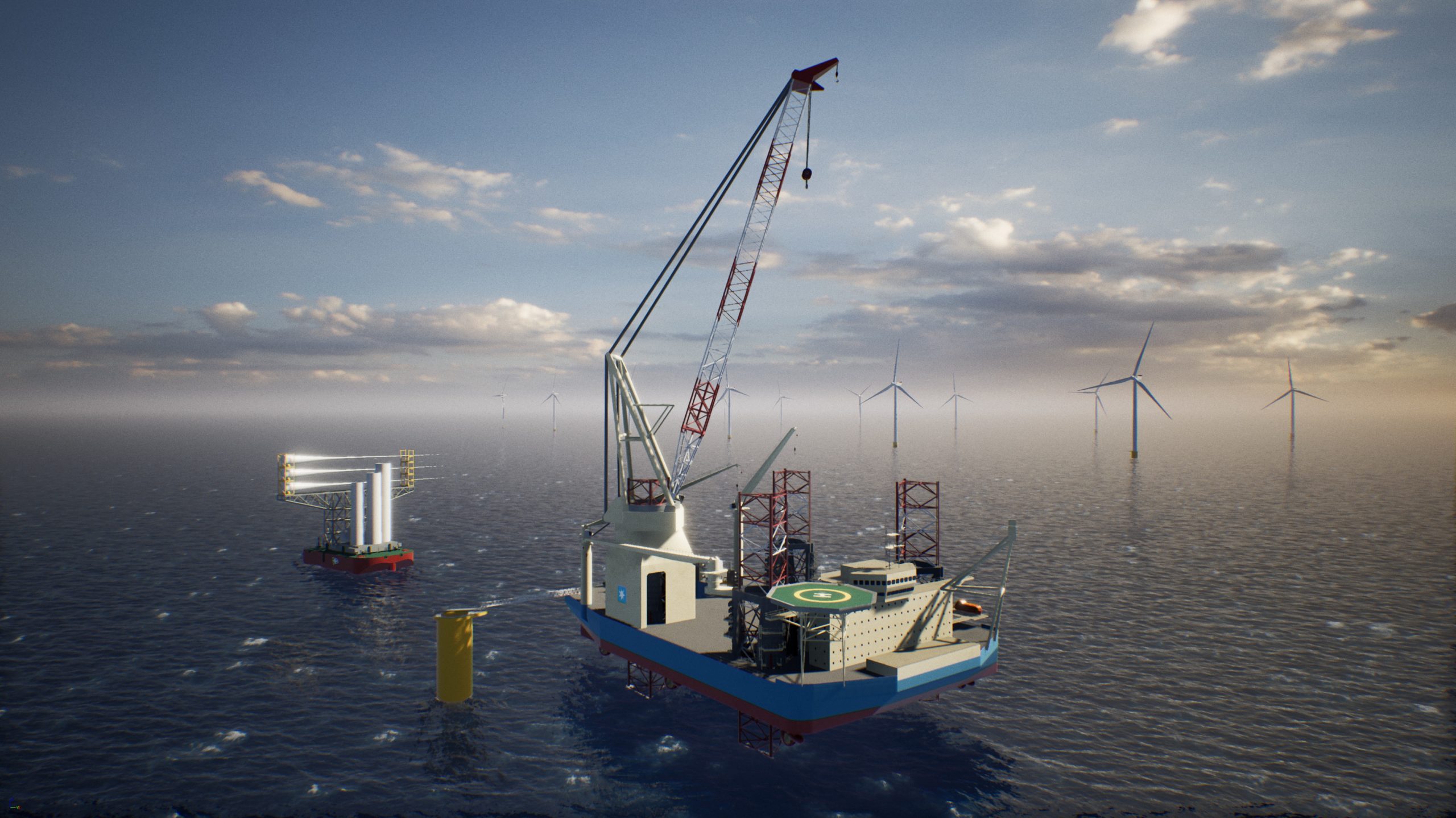(Bloomberg) —
Following the end of a week-long search and rescue mission, Italian and British authorities are shifting their focus to how the Bayesian luxury yacht sank so quickly off the coast of Sicily.
On Monday, a 56-meter (184 feet) sailing yacht owned by the family of UK tech tycoon Mike Lynch sank in a matter of minutes in a violent storm.
The Italian coast guard declared the end of search and rescue operations early afternoon on Friday, having retrieved and identified the bodies of all those missing, but the judicial investigation over what happened could take months.
Prosecutors are now considering charges including causing a shipwreck, multiple homicide and injuries, newswire Adnkronos reported. Termini Imerese chief prosecutor Ambrogio Cartosio, who is leading the probe, didn’t respond to requests for comment.
Bloomberg News was unable to contact the Bayesian captain James Cutfield or the crew. The New Zealand embassy in Rome declined to provide the lawyers’ details for Cutfield or to relay a message, citing privacy.
“The Lynch family is devastated, in shock and is being comforted and supported by family and friends,” a spokesperson for the Lynch family said in a statement. “They would like to sincerely thank the Italian coast guard, emergency services and all those who helped in the rescue.”
The captain and other survivors have been questioned by the local prosecutor’s office, according to Italian media, and the UK’s Marine Accident Investigation Branch has launched its own probe. But neither has speculated on the cause of the tragic disaster, which claimed seven lives including Lynch and his 18-year-old daughter.
Maritime trade union Nautilus International called for restraint to allow investigations to proceed “without external pressure or pre-judgment.”
Any attempt to question the crew’s conduct without the full facts is “not only unfair but also harmful to the process of uncovering the truth and learning any lessons from this tragedy,” said general secretary Mark Dickinson in a statement.
Witnesses and other parties have speculated whether the crew was prepared for the incoming weather, whether all hatches had been closed and whether the ship’s design, with an unusually large mast and retractable keel, could have played a part. The answers to those questions will be key for the Bayesian’s insurers as they carry out their own investigations.
The head of the company that built the Bayesian rejected the notion that the vessel’s design was flawed, describing it as “unsinkable.”
Human error appears to have led to the ship taking on water that flooded the engine room, knocking out power before the ship sank, Italian Sea Group Chief Executive Officer Giovanni Costantino said in an interview with Bloomberg News. ISG bought Perini Navi, the Bayesian’s ship builder, in 2022.
The company that manages the vessel, Camper & Nicholsons, declined to comment but confirmed it did not manage the crew directly.
Costantino said that an analysis of AIS data, a tracking system used by ships, shows the Bayesian started to drift from where it was anchored just before 4 a.m., drifting for about five minutes for about 360 meters to the spot where it eventually sank.
Footage taken from the port of Porticello, a small fishing village east of Palermo, captured the yacht’s final moments afloat and appears to show it suffered a power failure just before it sank.
“The fact the lights went out means the ship died, that it’s gone into blackout,” Costantino said. “To blow out the electrics, the ship has to have taken water in the engine room.”
Costantino said he hadn’t spoken with investigators about the Bayesian.
The captain of the vessel moored next to the Bayesian, Karsten Börner, said that his crew worked hard to keep their ship upright as the storm hit. Despite it being anchored, he needed to run the engine at full power to keep it steady. He couldn’t believe how quickly the Bayesian sank.
Waterspouts are not uncommon in Italy during the late summer, driven by warm Mediterranean waters. Italy experiences more than 100 “tornadic events” a year, said Andrew Pedrini, a meteorologist at forecaster Atmospheric G2.
Offshore marine spouts often go unreported, though. In coastal areas, a fierce wind can pick up then die down in seconds with little warning, according to a fellow captain of a super yacht, who asked not to be named discussing the events.
Commenting on whether the tragedy could have been foreseen, Salvo Cocina, head of Sicily’s Civil Protection Agency, said only the level of probability could have been predicted. It was impossible to calculate when and where such weather would hit, he said. Warming seas have increased the severity of such events, Cocina added.
© 2024 Bloomberg L.P.

 Join The Club
Join The Club










